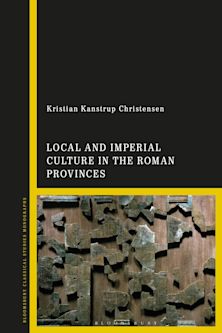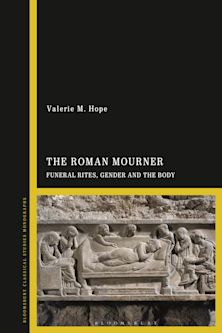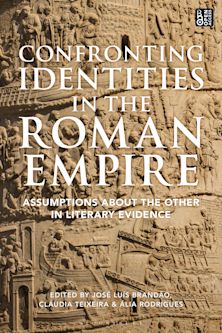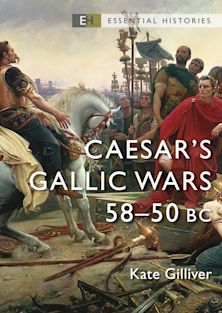- Home
- ACADEMIC
- Classical Studies
- Ancient Roman History
- Intoxication in the Ancient Greek and Roman World
This product is usually dispatched within 1 week
- Delivery and returns info
-
Free US delivery on orders $35 or over
You must sign in to add this item to your wishlist. Please sign in or create an account
Description
Intoxication in the Ancient Greek and Roman World considers the psychotropic plants used in the ancient world and ancient attitudes towards intoxication. Alan Sumler surveys primary Greek and Roman sources for noteworthy mentions of ancient intoxicants like hellebore, mandrake, deadly nightshade, thorn apple, opium poppy, cannabis, wine, and other substances and reveals how psychoactive drugs were used in ancient Greek and Roman religion, medicine, magic, artistic inspiration, and recreation. Interpreted through the lens of modern-day scholarship from Classics, philosophy, and ethnobotany, the primary sources illuminate how commonplace psychotropic plants and drugs were in the ancient Greek and Roman world and—given different contexts for psychotropic drug usage—what attitudes these societies held about the appropriateness of intoxication.
Table of Contents
Chapter 1: Mythological Drugs
Chapter 2: Philosophical Drugs
Chapter 3: Hellebore
Chapter 4: Mandrake
Chapter 5: Henbane, Hemlock, Opium, Darnel, Cannabis, Frankincense, and Myrrh
Chapter 6: Wine
Chapter 7: Other Settings of Intoxication and Modern Biotech Applications
Product details
| Published | Nov 22 2023 |
|---|---|
| Format | Hardback |
| Edition | 1st |
| Extent | 172 |
| ISBN | 9781666920147 |
| Imprint | Lexington Books |
| Dimensions | 9 x 6 inches |
| Publisher | Bloomsbury Publishing |
About the contributors
Reviews
-
This study is sure to become the standard work on the topic of intoxication in the Greek and Roman worlds. Although Sumler is a Latin teacher, the strength of his book lies in its survey of Greek sources. Examining religion, magic, medicine, art, the Greek symposium, and the Roman convivium, the text considers psychotropic plants such as hellebore, mandrake, thorn apple, deadly nightshade, henbane, opium poppy, darnel containing ergot, cannabis, frankincense, and myrrh. These psychoactive plants were often added to wine. This volume will appeal mostly to specialists, although the chapter on wine should appeal to a larger audience. It joins the considerable body of scholarly literature on ancient drugs. Recommended. Graduate students and faculty.
Choice Reviews

ONLINE RESOURCES
Bloomsbury Collections
This book is available on Bloomsbury Collections where your library has access.
































